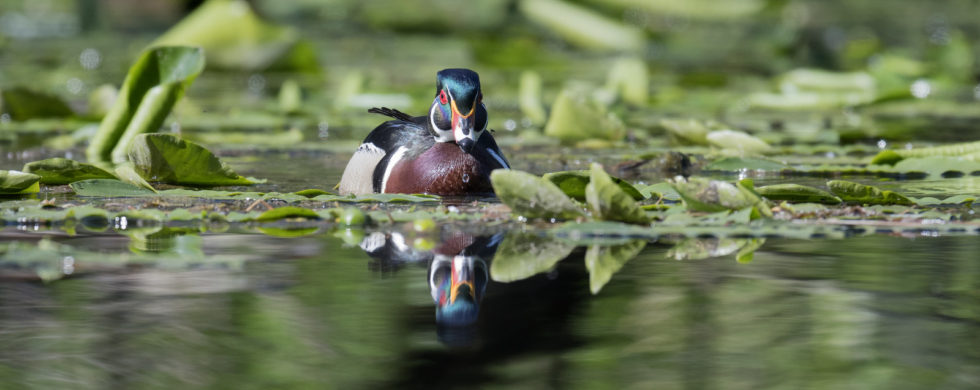
31
2019Woodie
Shot of the Month – August 2019
This month we visit with a dandy of a duck — America’s own Wood Duck. The male is supremely colored (per usual) — his head is adorned with an iridescent green and maroon crest while his face is deep purple with white stripes. He also has a red bill, with another white stripe with a jazzy yellow patch at the base. And that glorious red eye (ok, well, two red eyes). But there is more Johnny! His chest and rump are dark red while his back and wings are a shimmering dark blue-green. There is even more, just check out the images to see it all — the drake wood duck is a paint-by-numbers dream come true!
Of course all of this fancy dress is to attract the ladies — lady ducks that is. These colors do not last year round however — once the breeding season is over, usually by early summer, the colors fade until next mating season. In late summer the male grows gray feathers with blue markings. The female wood ducks are much more humble in their coloration — they have gray-crested heads (no one ever said, “Oh look – Gray!!”), and generally covered in splotches of brown, gray-brown, and some white. This coloration is quite sensible as it helps the females draw less attention to themselves and the chicks. “Blah” is much better for blending and avoiding getting eaten. Just sayin….
Woodies are cavity nesters — the female lays her eggs in an existing hole found in a tree. This sounds like a reasonable plan till you realize that these holes are usually about 30 feet above the ground. How do the chicks get down? Elevator? Nope. One day after the eggs hatch the female leaves the nest and goes to the ground and calls to her chicks. The chicks respond with peeping calls and climb up to the entrance of the hole and launch themselves outward to the ground. Wow!
Check out this video to get a sense of how crazy this is. (This video is of Mandarin chicks, but the idea is exactly the same).
Once they are all out mom leads the ducklings to water. The female stays with the chicks and tries to keep them safe but does not feed them. The ducklings are able to feed themselves from day one. After about 8-10 weeks the chicks are fully feathered and can fly.
Interestingly, the diet of wood ducks changes as they get older. As ducklings woodies dine primarily on aquatic insects. As they grow to adults they shift over to a plant diet eating mainly aquatic plants, nuts and seeds. Favorite food for a wood duck? Acorns!! Who knew??!! In fact wood ducks have an expandable esophagus that allow them to swallow multiple acorns — one woodie was found with 30 acorns in his throat!
For those keeping score at home, wood ducks are “dabbling” ducks – dabbling ducks place their head under water while looking for food as their butts and feet stick up in the air. Other dabblers include mallards, northern pintails and green and blue-winged teals. Alternatively there are diving ducks, which well, you guessed it, dive and submerge completely below the surface of the water.
Wood ducks are, unusually for ducks, built for arboreal life as well as for life on the water. Their feet are not only webbed, normal for a duck, but also have sharp claws, not so normal, which facilitate perching on tree branches. The wings of wood ducks are also more broad than other ducks to make them more adept at twisting and turning in flight which is handy when navigating tight places between branches. Woodies are most at home in wooded wetlands and along slow-moving, tree-lined rivers. The don’t like open water. Look for wood ducks around the edges of swamps, sluggish streams, overgrown beaver ponds, and wood-fringed marshes. Check out the map below to find an acorn duck near you.
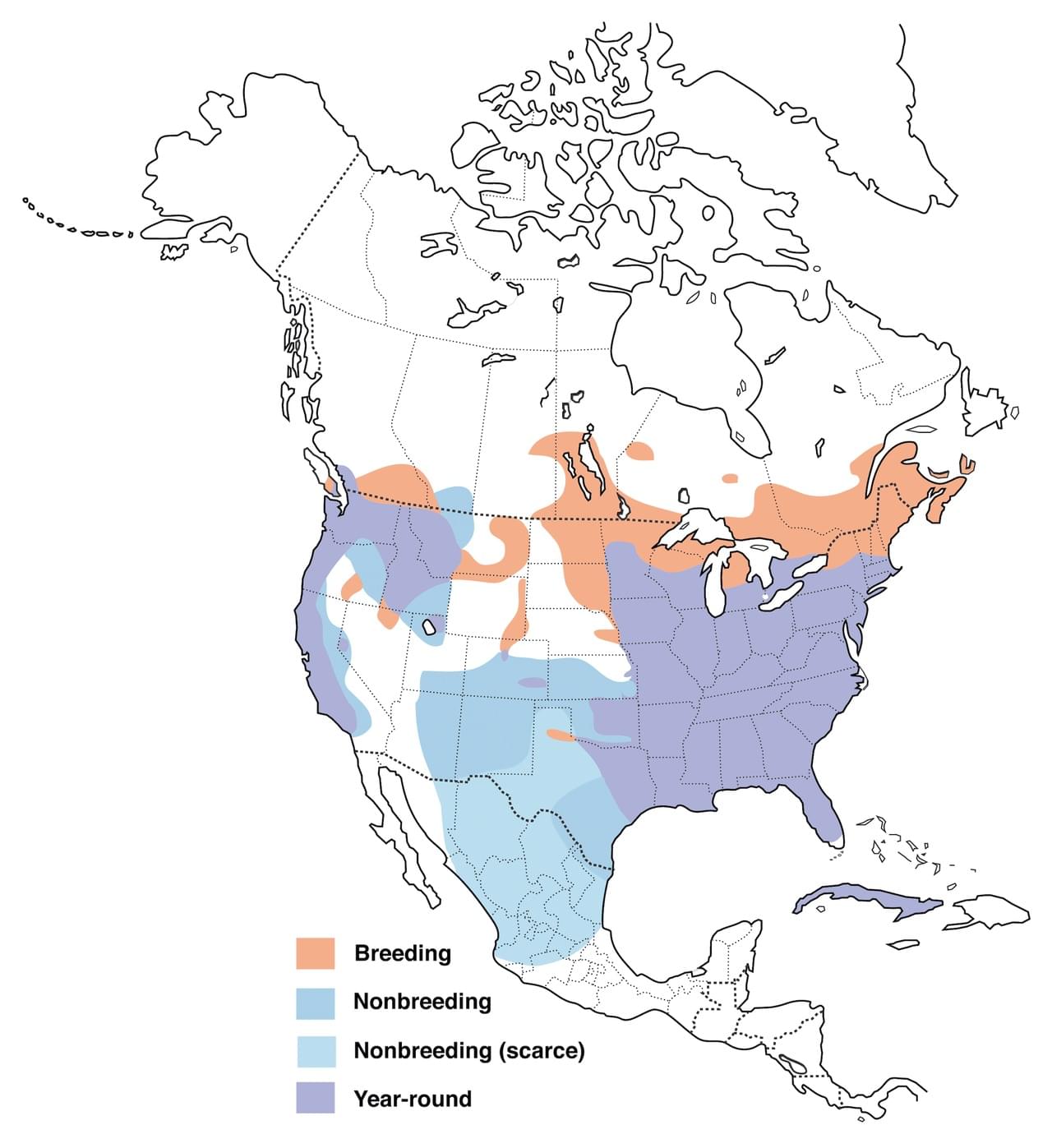
Wood Duck Range Map (Source)
And speaking of odd names, other aliases for the wood duck include summer duck, woodie, Carolina duck, swamp duck and squealer (they can be noisy).
I have to say that I still find it odd to be out walking in the woods and look up to find a wood duck perched on a branch — just don’t seem right. A duck. In a tree. One that eats acorns, no less. Sounds like a bizarre duck/squirrel experiment gone horribly, albeit beautifully, wrong. Oh well, get out there and find yourself an acorn duck – they are a wonderful sight to behold.
Until next month….m
Sources
Nikon D500, Nikon 600mm w/ 1.4x TC (850 mm, effective 1275mm), 1/800 sec, f/5.6, ISO 400

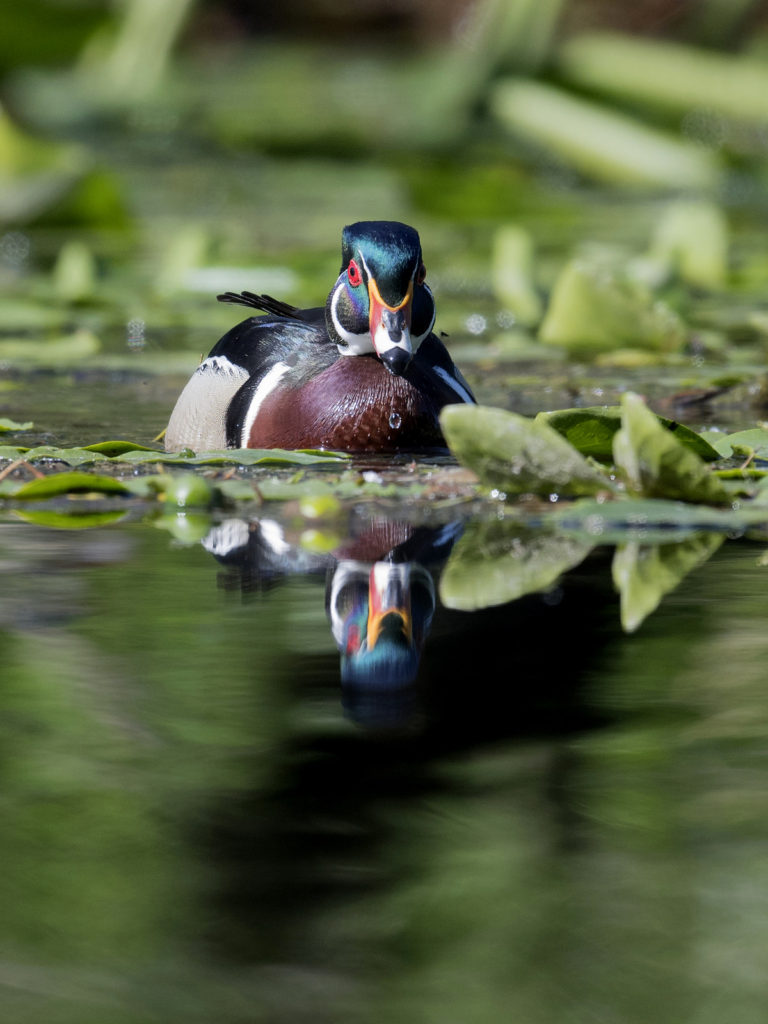
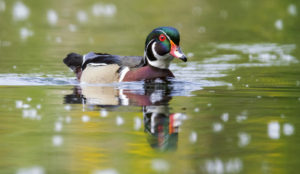
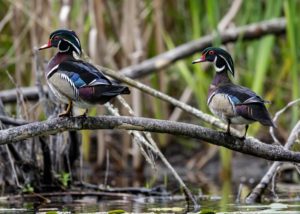
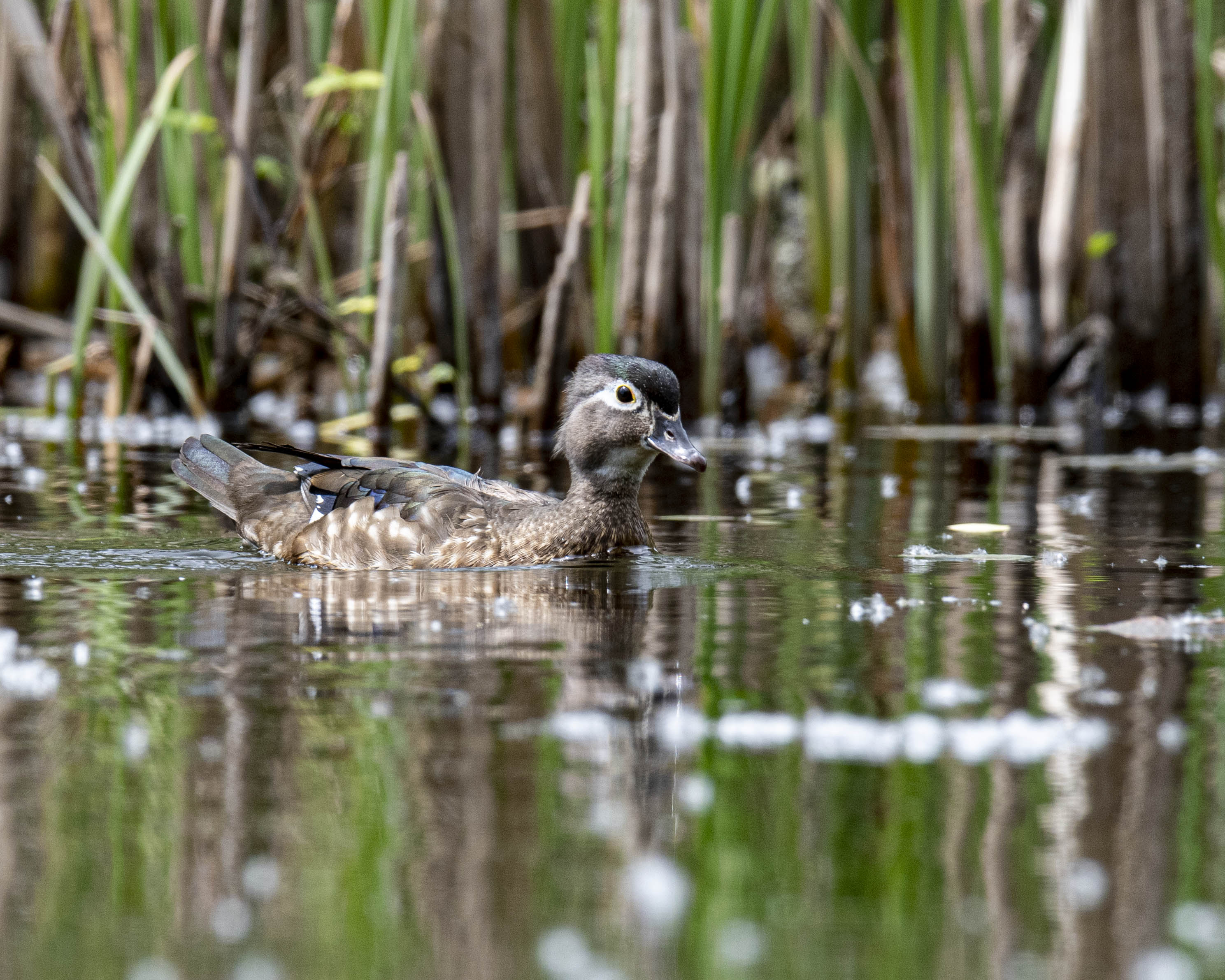
Joyce
More beautiful pictures and narration! Thank you. I enjoy these.